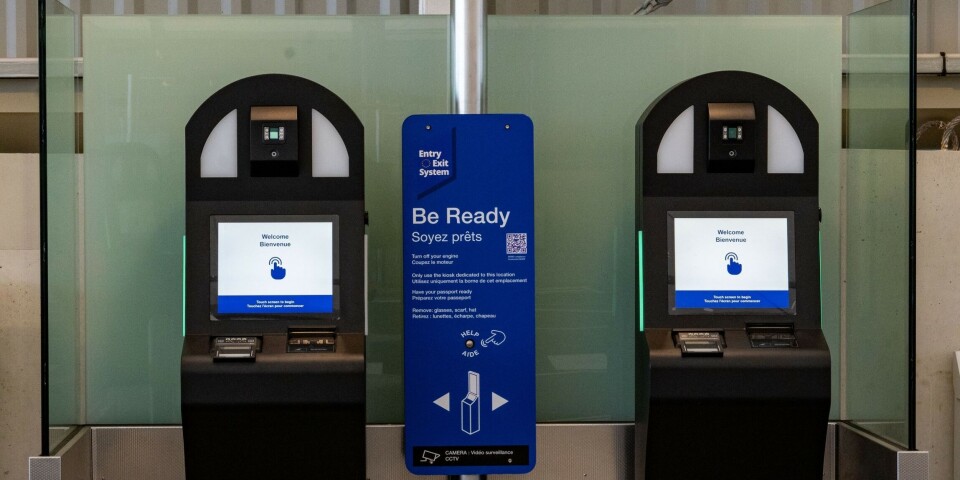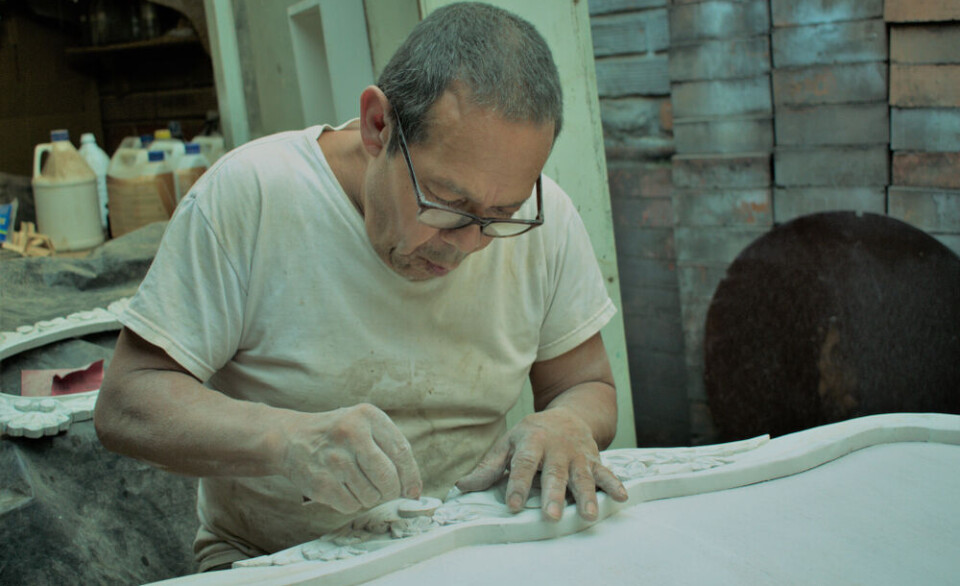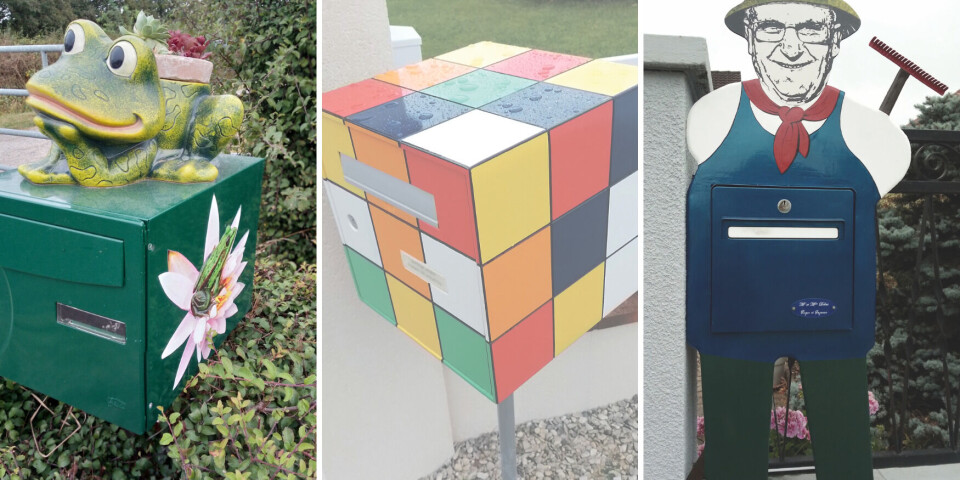Brittany island honoured for role after de Gaulle’s June 18 BBC appeal
Hundreds of men from remote island joined the resistance call. It is also famous for its special tax exemptions
Men from the island took up arms after General de Gaulle made his first radio appeal to the French from London
RVillalon / Shutterstock / Glasshouse Images / Alamy Stock Photo
French president Emmanuel Macron will visit a small island off the coast of Brittany today as part of WWII commemorations.
The president will set down on the island of Sein (Finistère) 84 years to the day after General Charles de Gaulle made his famed radio appeal to the French to continue battling against Nazi forces.
Upon hearing de Gaulle’s appeal in 1940, over 100 men from the island – virtually the entire adult male population – set sail for the UK to join resistance activity.
When they arrived, de Gaulle was said to have remarked that the island “made up a quarter of France,” and took the men into his service.
For their actions, the entire island – located around 7km off the Breton coast at pointe du Raz – was awarded the Order of Liberation, and the commune became the most decorated in all of France for resistance activity.
Following a second visit by de Gaulle in 1960, it became tradition for French presidents to visit the island in June to pay their respects to resistance forces.
The tapes containing de Gaulle’s 1940 appeal – broadcast by the BBC – were accidentally wiped, meaning no original recording exists.
However, written versions of the speech were made, which ends with the famous rallying cry:
‘Whatever happens, the flame of the French resistance must not be extinguished and will not be extinguished!’
Read more: De Gaulle’s myth of Paris freeing itself leaves a complex legacy
Island also has special tax exemption status
The brave acts of resistance are not the only reason this small Breton island is so well-known.
Residents on the island, which currently number around 250, also benefit from a lesser known boon – an exemption from property taxes.
Homes on the island are not subject to taxe foncière payments – nor were they subject to taxe d’habitation payments before the latter was removed for all but second homes in 2022.
Both Sein, and the nearby island of Molène (also in Finistère) have been historically exempt from taxes since the time of Louis XIV.
This was reinforced by the French government in 1914 via a decree which stated the exemptions would continue due to “a long-standing de facto situation, motivated from the outset both by the exceptionally harsh living conditions on the two and by the services rendered to shipping in a particularly dangerous area.”
Neither of the islands are mapped on the cadastre (land value map), and thus no properties can be given a theoretical cadastral land value to base tax payments off of.
Read more: Taxe foncière explainer: Who pays and the exemptions
Residents were for a long time also exempt from income taxes but this was ended in the 1950s.
Permanent residents of the island cite these exemptions as necessary – cost of living on the island is greatly increased compared to mainland France, with almost all goods being imported.
However, the exemptions severely limit the ability for the local government to raise revenue, and in 2017 Le Parisien reported that any constructions or investments required around 80% of its total value to be covered by subsidies, donations, or private investment, before the government would look at financially supporting a project.
Some also took advantage of the exemptions to purchase second homes and escape the associated tax costs, driving up property prices on the island.




























